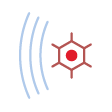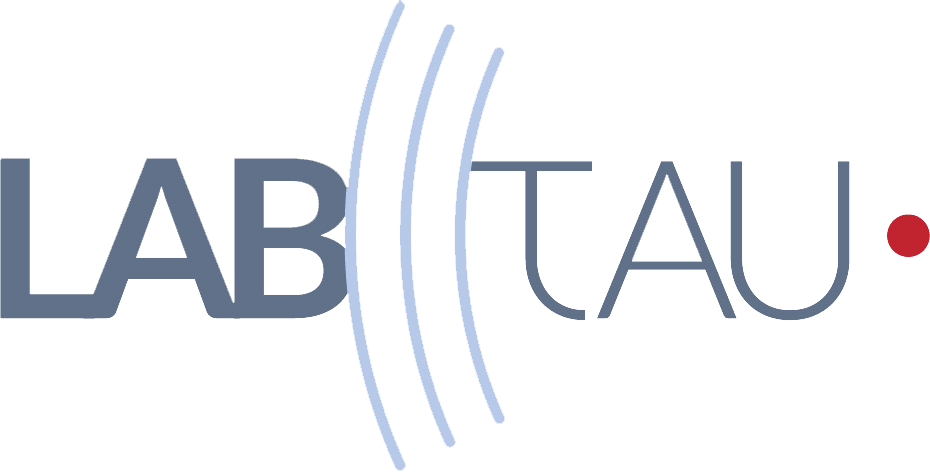Axis 2 : Low Energy Ultrasound
 The interactions between ultrasound and biological media are multiple and can be considered at different scales (macroscopic, cellular, molecular ...). Some mechanisms, such as the phenomenon of necrosis of biological tissues after absorption of high ultrasonic energy, are well known and can lead to numerous applications (destruction of localized tumors, electrical tissue isolation: control of certain cardiac arrhythmias, neuronal destruction: management of symptoms Essential tremor, Parkinson's disease, tissue cautery ...).
The interactions between ultrasound and biological media are multiple and can be considered at different scales (macroscopic, cellular, molecular ...). Some mechanisms, such as the phenomenon of necrosis of biological tissues after absorption of high ultrasonic energy, are well known and can lead to numerous applications (destruction of localized tumors, electrical tissue isolation: control of certain cardiac arrhythmias, neuronal destruction: management of symptoms Essential tremor, Parkinson's disease, tissue cautery ...).
Low Energy UltraSound (LEUS) also has particular interactions with the living. Today, they are far from exhaustively covered in the literature and we believe that the therapeutic potential of LEUS is currently only partially exploited. The difficulty in understanding all the mechanisms associated with LEUS can be explained in part by the intervention of reversible induced effects, which may be delayed over time or which may concern more complex biological or physiological mechanisms to be analyzed.
It has been shown, for example, that the LEUS applied to the bone allowed in certain configurations (eg association with a biphosphonate) to destroy the progression of bone metastases from breast cancer. In certain configurations, LEUS also allows acceleration or improvement of bone reconstruction. Work has also been carried out on ultrasound applications in maxillofacial surgery. This research involves bone cutting using ultrasonic piezoelectric systems and the influence of ultrasound on bone turnover.
LEUS have also shown interest in studies of vascular control, including their efficacy in the lysis of blood clots (thrombolysis) or exploration on their potential for sono-cardioprotection in the context of ischemia-reperfusion processes.
Finally, the study of LEUS for neuronal stimulation applications (neurostimulations) represents an emerging field of investigation that is in full effervescence. The first experimental observations made on the small animal are very promising for the future development of a new alternative modality to electrical and magnetic stimulations. But all the mechanisms, associated effects and possible medical applications of neurostimulation by ultrasound have yet to be studied in depth.
The LEUS axis is carried out on 3 medical themes: bone, vascular and neurology, and its mission is to develop a translational research on these themes up to the preclinical and clinical stages.




